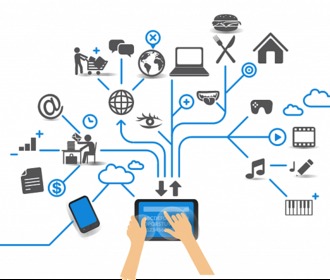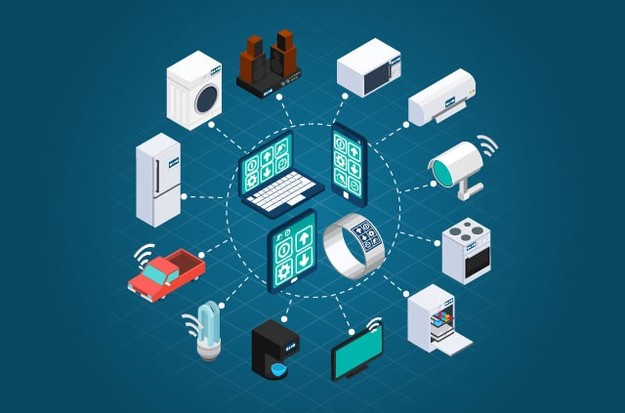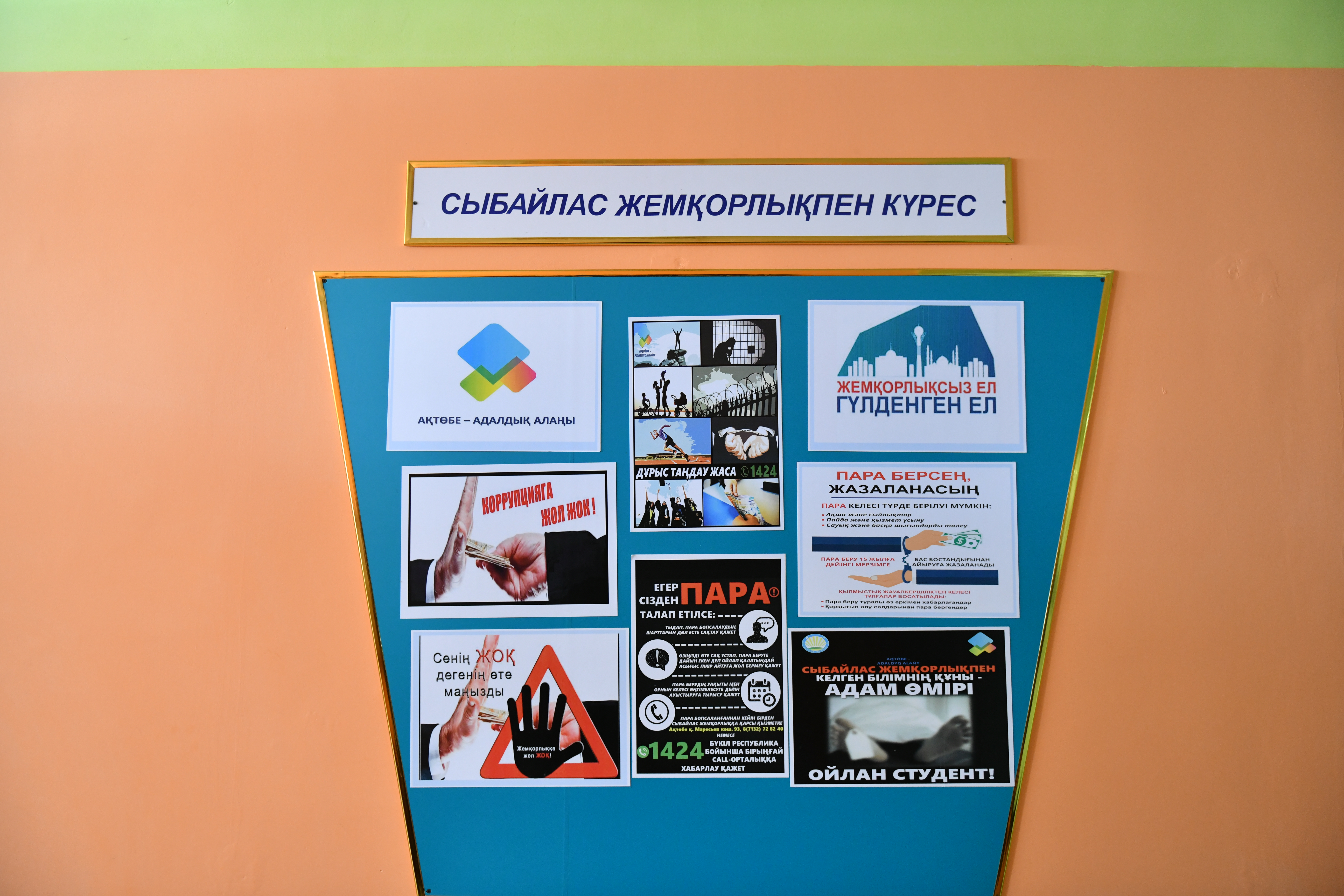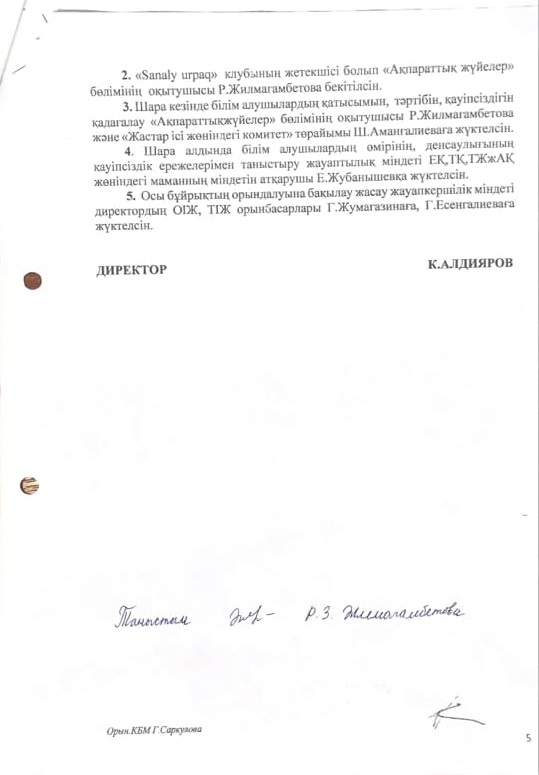The Internet of things is the concept of a computer network of physical objects (“things”) equipped with built-in technologies for interacting with each other or with the external environment, considering the organization of such networks as a phenomenon that can rebuild economic and social processes, eliminating the need for human participation from part of actions and operations
ipped with means for connecting to data transmission networks, requires the use of technologies for identifying these objects (“things”). Although the impetus for the emergence of the concept was RFID technology but, as such technologies, all the means used for automatic identification can be used: optically recognizable identifiers (barcodes, Data Matrix, QR codes), real-time location means. With the comprehensive dissemination of the “Internet of things”, it is important to ensure the uniqueness of object identifiers, which, in turn, requires standardization.


Measuring A special role in the Internet of things is played by measuring instruments, which provide the conversion of information about the external environment into machine-readable data, and thereby fill the computing environment with significant information. A wide class of measuring instruments is used, from elementary sensors (for example, temperature, pressure, illumination), consumption metering devices (such as smart meters) to complex integrated measuring systems. In the framework of the concept of the “Internet of things”, it is fundamentally the combination of measuring instruments in the network
(such as wireless sensor networks, measuring complexes), due to which it is possible to build inter-machine interaction systems.Means of data transmission
The range of possible data transfer technologies covers all possible means of wireless and wired networks. For wireless data transmission, an especially important role in building the “Internet of things” is played by such qualities as efficiency at low speeds, fault tolerance, adaptability, and the possibility of self-organization. The main interest in this capacity is the IEEE 802.15.4 standard, which defines the physical layer and access control for organizing energy-efficient personal networks, and is the basis for such protocols as ZigBee, WirelessHart, MiWi, 6LoWPAN, LPWAN





